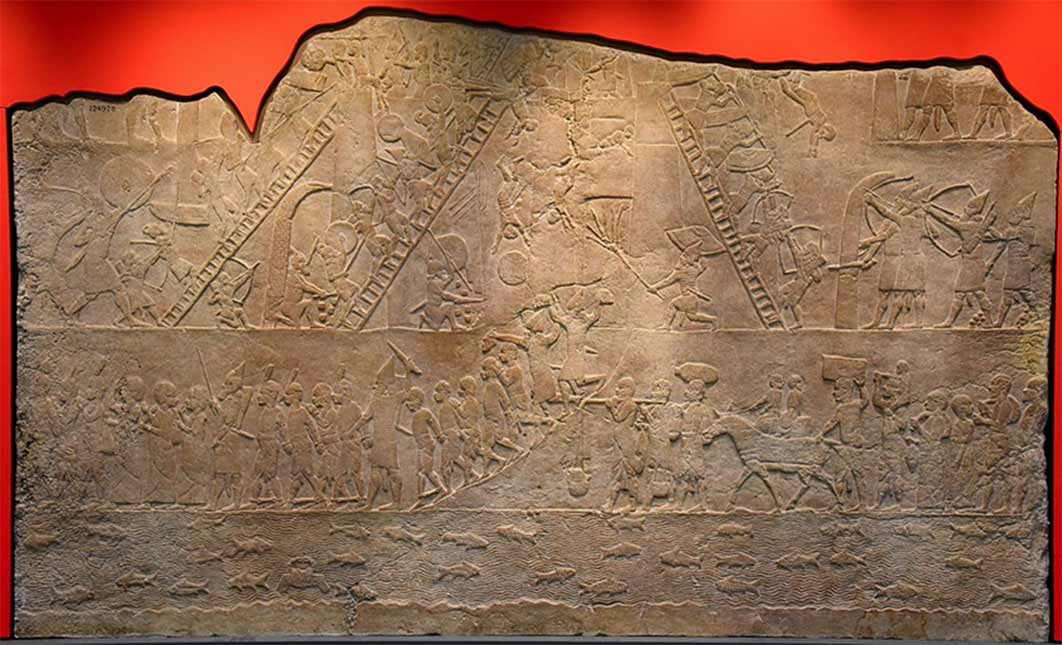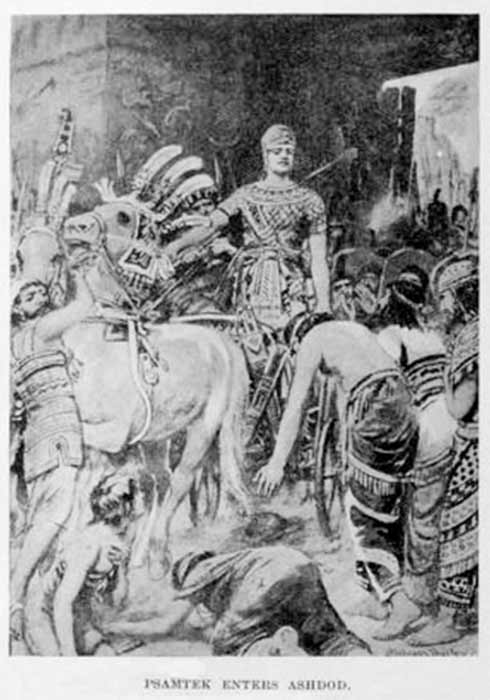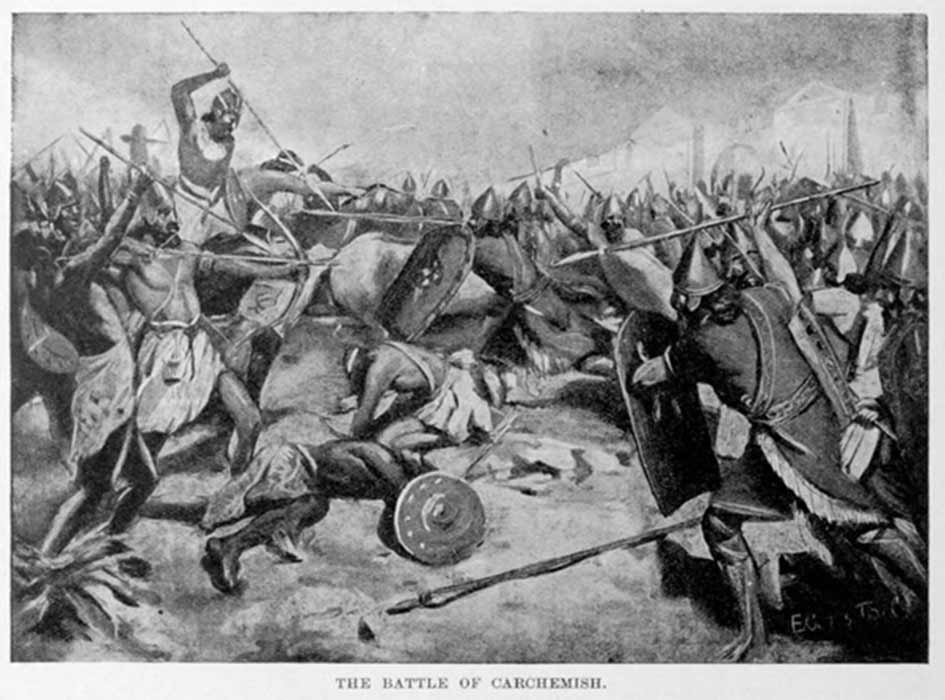
The Assyrian, Persian And Greek Conquest Of Ancient Egypt
During the eighth century BC, ancient Egypt was experiencing turbulent times. The country was split with a pharaoh ruling in Lower Egypt, but powerful priests of Amun were ruling Middle and Upper Egypt. The Nubian Kingdom took advantage of the split in Egypt. Piye (744-714 BC) an ancient Kushite king of Nubia, regarded his campaign against Lower Egypt as a Holy War in the name of Amun. He invaded and conquered Lower Egypt and became the founder of the Twenty-fifth Dynasty. After his conquest he returned to the city of Napata, located deep in Nubia, (modern-day Sudan), from where he ruled, but his absence on Egyptian turf meant the local kings of Lower Egypt—especially Tefnakht—were left unattended. It was up to Piye's successors to restore the Nile valley empire to its magnificence since the New Kingdom.

The Assyrian army attacking the Egyptian city of Memphis and commemorates the final victory of the Assyrian king Ashurbanipal II over the Egyptian king Taharqa in 667 BC. British Museum. (Osama Shukir Muhammed Amin/ CC BY-SA 4.0)
The Assyrian Invasion
However, trouble was brewing in Mesopotamia with a new superpower arising. The Assyrians expanded their empire and invaded the region of the Near East. By 701 BC, the kings of Judah, Sidon, Ascalon and Ekron formed an alliance with Egypt against Assyria. However, they were no match for the Neo-Assyrian ruler Sennacherib whose forces swept the region, conquering Ascalon, Sidon and Ekron. Esarhaddon (the son of Sennacherib) raided Egypt in 673 BC, but he was defeated. He returned with a larger army in 671 BC, sacked Memphis and captured Pharaoh Taharqa’s royal family as hostages, but the pharaoh himself had escaped and fled to Thebes. Ashurbanipal, (son of Esarhaddon) sacked Thebes and installed a vassal ruler Necho I, in Egypt. The Egyptians revolted and a year later Ashurbanipal returned and together with Necho's son Psamtik I, (who had been educated at the Assyrian capital of Nineveh during Esarhaddon's reign) they sacked Thebes completely. The Twenty-sixth or Saite Dynasty (after its seat of power at the city of Sais where his father Necho was king) was founded by Psamtik I.

Psamtik I enters Ashdod, in the Fall of Ashdod in 635 BC. (CC BY-SA 2.0)
In 655 BC Psamtik distanced himself from the Assyrian rule and formed an alliance with King Gyges of Lydia. He recruited mercenaries from Caria and ancient Greece to resist Assyrian attacks. In the meantime, by 622 BC Babylon was moving in on Assyria and finally subdued the superpower by 609 BC. Egypt, who had again aligned itself with Assyria as an ally, continued the war against Babylon for a few years before being decisively defeated by Nebuchadnezzar at Carchemish in 605 BC. Despite the defeat, Pharaoh Necho II fought off Nebuchadnezzar's invasion of Egypt in 601 BC. The Babylonians never succeeded in conquering Egypt and withdrew. However, Egypt eventually did not escape the attention of the new kid on the block – the Persians.

In 605 BC, an Egyptian force under Necho II of the Twenty-sixth Dynasty fought the Babylonians at the Battle of Carchemish, helped by the remnants of the army of the former Assyria. (CC BY-SA 2.0)
The Persian Period
In 550 BC Cyrus the Great of Persia conquered the Medes, acquiring Assyria in the process, and proceeded to annex the previous Assyrian empire. The Persian period in Egypt is characterized by an overlapping of dynasties. The First Persian period included the Twenty-seventh Dynasty (525 – 359 BC) overlapping the Twenty-eighth (404 – 399 BC) and Twenty-ninth (399 – 380 BC) and Thirtieth Dynasties (380 – 343 BC). The Persian Achaemenid kings were granted the title of pharaoh. The Thirtieth Dynasty was the last native ruling dynasty during the pharaonic epoch. The Thirty-first Dynasty of Egypt, also known as the Second Egyptian Satrapy, was effectively a short-living province of the Achaemenid Empire between 343 - 332 BC. After an interval of independence, during which three indigenous dynasties reigned (the Twenty-eighth, Twenty-ninth and Thirtieth Dynasty), Artaxerxes III (358–338 BC) reconquered the Nile valley for a brief second period (343–332 BC), which is called the Thirty-first Dynasty of Egypt, thus starting another period of pharaohs of Persian origin.




